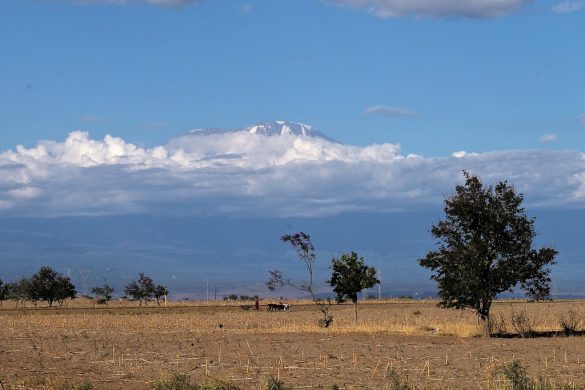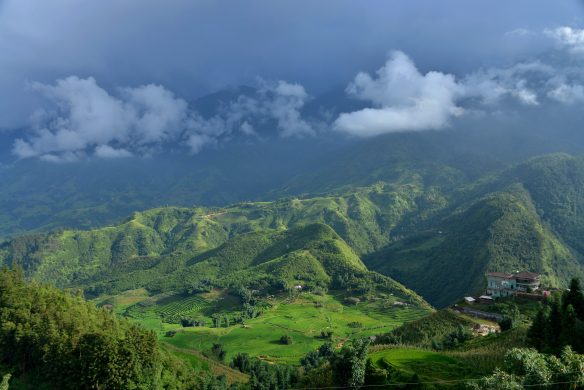19 October 2016 (UNEP): Reforesting Africa's highest mountain could help protect vital water supplies that are under threat across large parts of East Africa, according to a UN Environment report that looks at the impact of climate change on the region's mountains.
Mt Kilimanjaro's forests are a vital source of water for the surrounding towns and the wider region. Water from the mountain feeds one of Tanzania's largest rivers, the Pangani, providing food, fuel and building materials to much of East Africa.
Wildfires
But higher temperatures as a result of climate change have increased the number of wildfires on the mountain. These fires have destroyed 13,000 hectares of forest since 1976.
Because there are now fewer trees to trap water from clouds, the annual amount of dew on the mountain is believed to have fallen by 25 per cent. This drastic decline is equivalent to losing enough drinking water to supply 1 million people every year.
The town of Moshi, which is located in the foothills of Mt Kilimanjaro, is already experiencing severe water shortages as rivers begin to dry up, starving farmland of water in an area already struggling to cope with a dramatic drop in rainfall.
Urging Tanzania to protect Kilimanjaro
The report, produced by UN Environment, GRID-Arendal, East African Community, the Albertine Rift Conservation Society and Nature-RIDD was launched at the World Mountain Forum in Uganda today.
It urges Tanzania to protect Mt Kilimanjaro's water catchment area by reforesting the mountain, investing in early warning systems and making climate adaptation a top priority.
Protecting East Africa's mountain ecosystems will also help safeguard the region's vital tourism industry, which is worth $7 billion to East Africa. Mt Kilimanjaro, for example, contributes over one third of Tanzania's total revenue from tourism.
Loss of glaciers
The disastrous impact of climate change on East Africa's mountains can be seen in the loss of its glaciers. Since the 1990s, the surface area of glaciers in the region has decreased by 80.
These glaciers are expected to vanish completely within a few decades as temperatures increase, notes the report, which is entitled Sustainable Mountain Development in East Africa in a Changing Climate. According to the Intergovernmental Panel on Climate Change, East Africa can expect an average increase in annual temperature of 3.2°C by 2080.
Hydropower
The mountains of East Africa are not only highly productive agricultural areas: the rivers they feed also have significant, but largely unexploited, hydropower potential for a region crippled by a lack of electricity.
Rivers in the Nile Basin, for example, could generate 20 gigawatts of electricity while the Mau Forest could generate a further 508 megawatts – enough to meet half of Kenya's capacity.
Hent rapporten i nedenstående link.















